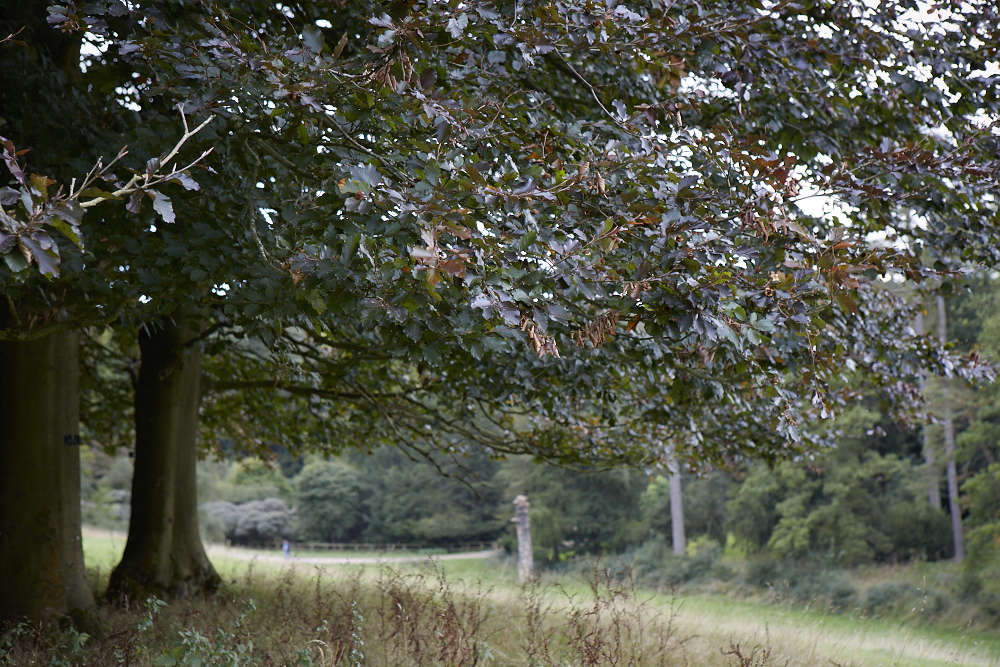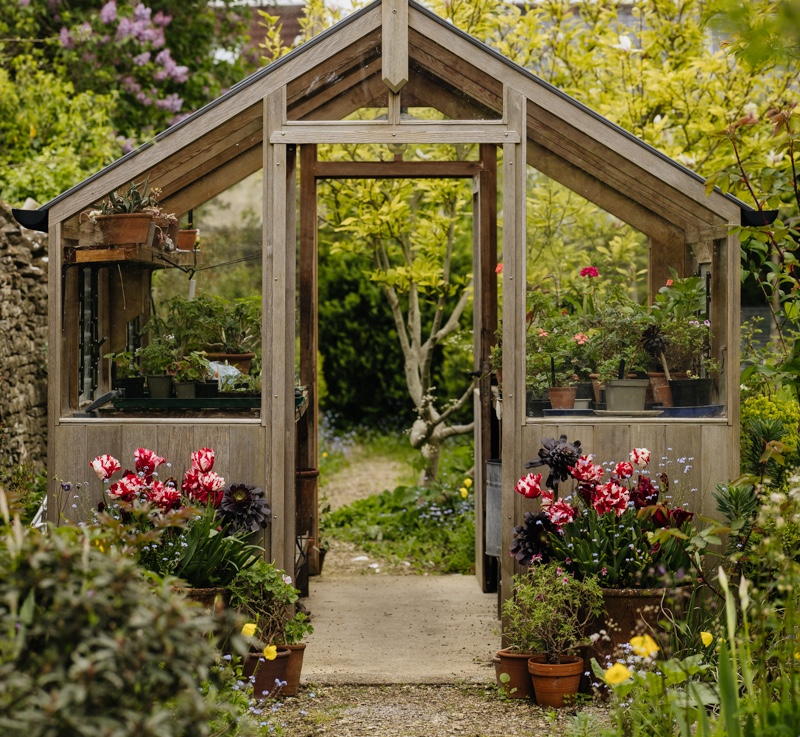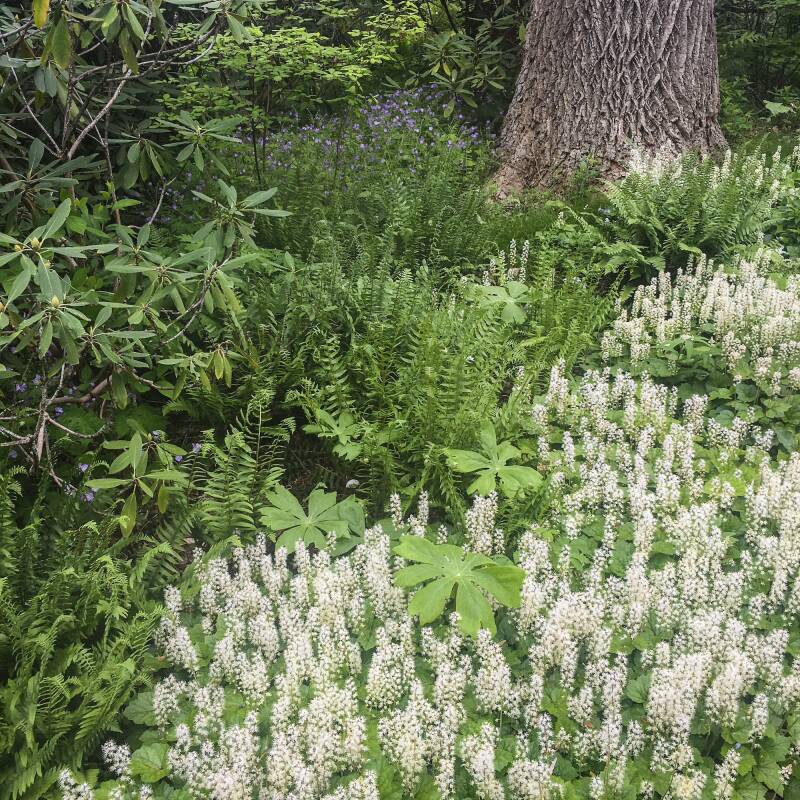The rather startling subtitle of Peter Wohlleben’s popular book The Hidden Life of Trees is What They Feel, How They Communicate, Discoveries from a Secret World. This is a tip-off that this is not just another compendium of traditional nature lore. Mr. Wohlleben, who is German, is a former commercial forester who has made the transition from a cold-hearted forest commission hatchet (literally) man to a student of the latest amazing scientific discoveries about trees while practicing a kinder, gentler method of managing woodlands.
This book has been enormously popular in the author’s home country, even taking the German best seller lists by storm. Here in the U.S. it spent 9 weeks on the New York Times Bestseller list and captured several awards including a 2017 Indie Choice Award given by independent booksellers for adult nonfiction book of the year.
Photography by Britt Willoughby Dyer for Gardenista.

My introduction to to the book was several months ago when members of the horticulture book club I belong to selected it as the reading choice for our January discussion. This club, which meets in an antique armory in Central Park, is appropriately known as the Garden and Forest Book Club and is presided over by Katherine Powis, a knowledgeable and genial horticulture librarian. We are an eclectic group of 25 or so professional and amateur gardeners, landscape designers, public garden volunteers, garden writers, horticulturists, and plant nuts. The club’s general assessment of this book was largely positive. People commented that they had learned a lot about trees from it and found it quite absorbing and readable.

As Powis recalled recently, “I do think everyone enjoyed that book. There were just so many fascinating revelations about forests, their soil microorganisms, and tree species competing or cooperating. I still think of Wohlleben when I see an isolated oak thriving in a open field or in the depleted soils of industrial agriculture.”

Some of the more scientifically sophisticated members of the club did not care for what they took to be Wohlleben’s over-use of anthropomorphizing and thought his presentation of some of the scientific findings was a little weak. They seemed to feel that some of the more surprising newly discovered traits of trees such as the University of Bonn research indicating that trees analyze soil conditions with “brain-like”structures in their root tips bears more serious scrutiny. And I suppose Wohlleben could be faulted for his apparent dismissal of the skepticism of some researchers that plants actually possess traits we accept in animals such as the ability to assess a situation and react to it.

Re-visiting the book eight months after my initial reading, I am pleased to find it even more engrossing. As a person with virtually no education in science, I was perfectly happy with his accessible explanations of research findings. For instance Dr. Suzanne Simard, professor of forest ecology at the University of British Columbia, has done ground breaking work on how trees communicate and cooperate via the web of fungi that connects their root systems. Wohlleben credits Simard with helping to discover the existence of “mother” trees and presents her startling conclusions that these arboreal matriarchs not only recognize their offspring but actively help to regulate their growth and look after their general well-being, going as far as making sure their favorites get extra nutrients. It is surprising information but in Wohlleben’s telling, it makes sense too.

He explains the social interaction between trees by equating it to the social networks on the internet. In the case of trees in the forest, the “wood wide web” allows trees to share information about attacks by insects or other predators, to create consistent climate conditions, and to assist members of the community who are injured or otherwise impaired. Scientists have discovered that trees of the same species in the same area are connected through their root systems for mutual support or, as Wohlleben says, “forests are super-organisms with interconnections much like ant colonies.”
Whether you read this book with a grain of salt or with total acceptance of Wohlleben’s thesis that new findings prove that undisturbed woodlands are vital to the future of our planet and matter “at a more fundamental level than most of us realize,” you are bound to be impressed by his sensitivity to and passion for the trees that he manages. He says, “When you know that trees experience pain and have memories and that tree parents live together with their children, then you can no longer just chop them down and disrupt their lives with large machines.”

N.B.: Continue on your journey to understanding the inner lives of trees:
- Can This Garden Be Saved? I Don’t Like Mowing Around Trees.
- Garden Design 101: Field Guide to Trees.
- Specimen Trees: Are They Worth It?













Have a Question or Comment About This Post?
Join the conversation (1)